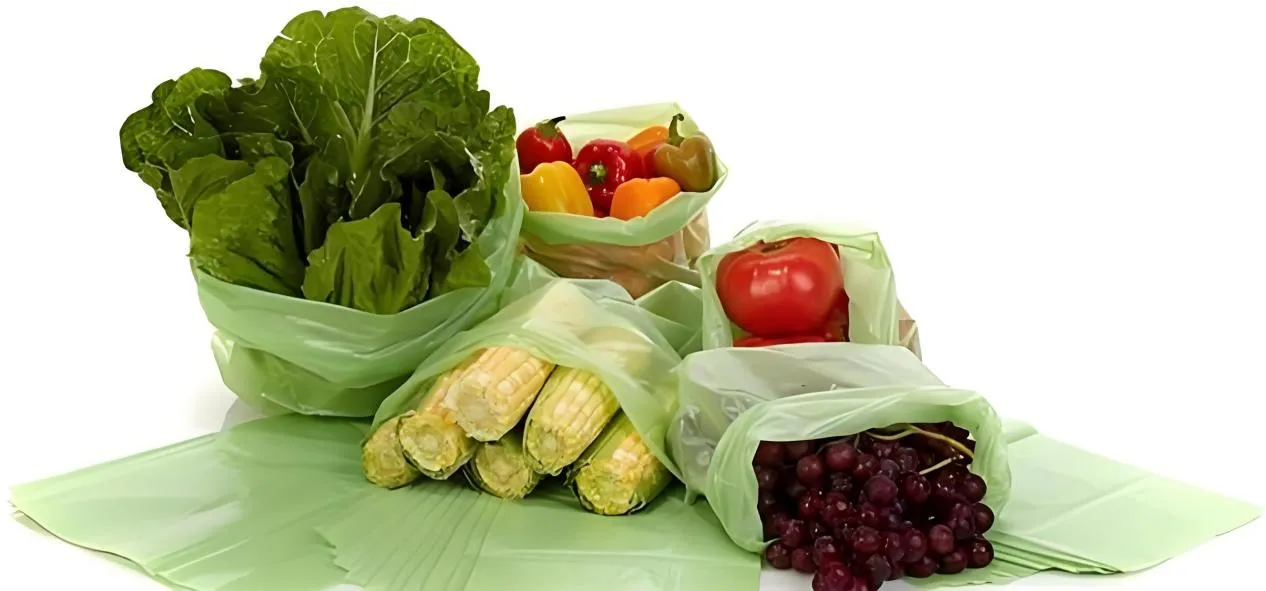
The Role of Cellulose in Modern Packaging and Industry
Cellulose, a natural polymer derived from plant sources, plays a crucial role in various industries, from packaging to pharmaceuticals. With growing environmental concerns, sustainable alternatives such as cellulose packaging are gaining popularity. This article explores different cellulose derivatives and their significance in industrial applications.

Cellulose-Based Packaging and Industrial Materials
One of the most promising applications of cellulose is in cellulose packaging, an eco-friendly alternative to plastic packaging. Made from cellulose from plants, this biodegradable material offers durability and flexibility, making it ideal for food packaging, disposable bags, and films. As industries seek sustainable solutions, cellulose-based packaging helps reduce environmental pollution while maintaining product integrity.
A key derivative used in manufacturing is cellulose acetate, a modified cellulose commonly found in films, textiles, and coatings. Its excellent transparency and strength make it ideal for packaging applications. Additionally, cellulose acetate manufacturers supply materials for industries producing cigarette filters, eyeglass frames, and photographic films, highlighting the versatility of this cellulose derivative.

Specialized Cellulose Derivatives in Industrial Applications
Another important derivative is methyl ethyl hydroxyethyl cellulose, a multifunctional cellulose ether used as a thickener, binder, and stabilizer in coatings, adhesives, and pharmaceuticals. Its chemical properties enhance viscosity control and moisture retention, making it valuable in industrial formulations.
Carboxylated cellulose is another cellulose modification, often used in wastewater treatment, biomedical applications, and coatings. Its ability to form stable gels and absorbent materials makes it an essential component in various industrial processes.

Among natural cellulose sources, cotton linter cellulose stands out due to its high purity and superior quality. Extracted from cotton linters, this cellulose is widely used in producing high-grade paper, specialty textiles, and pharmaceutical excipients. It serves as a key raw material for various cellulose derivatives, including cellulose acetate, further emphasizing its industrial importance.
In conclusion, cellulose and its derivatives continue to revolutionize industries through sustainable packaging and specialized applications. From cellulose packaging reducing plastic waste to cotton linter cellulose serving as a raw material for industrial products, cellulose-based innovations contribute to a greener future. With advancements in cellulose processing, industries can expect even more eco-friendly and high-performance materials in the coming years.
-
Hydroxypropyl Starch as a Sustainable Construction AdditiveNewsNov.24,2025
-
The Gelation Properties of CMCNewsNov.21,2025
-
Redispersible Latex Powder and Water Retention CapacityNewsNov.21,2025
-
Dosage Control for Polycarboxylate Water ReducerNewsNov.21,2025
-
Film-Forming Properties of Polyvinyl AlcoholNewsNov.21,2025
-
The Function of Gypsum Additives in MortarNewsNov.21,2025





















